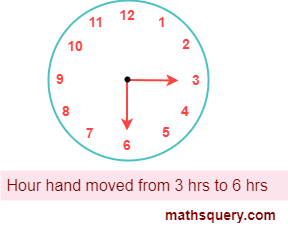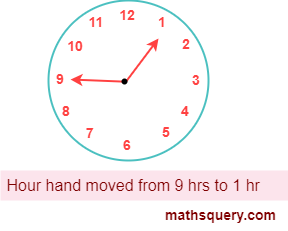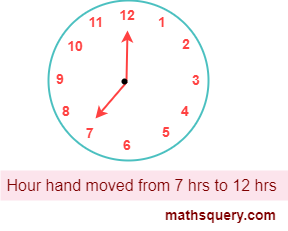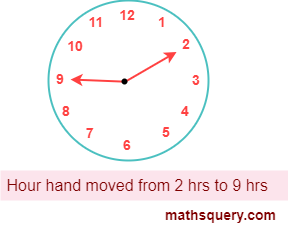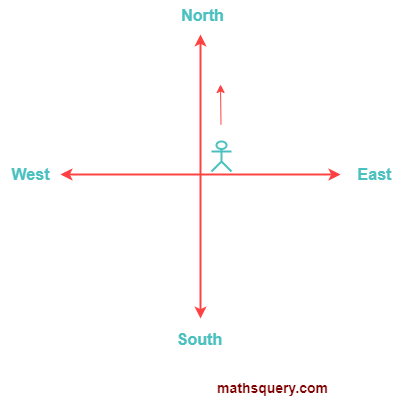Introduction
In the chapter Point, Line, Ray, Line Segment and Plane we learnt about the basic geometrical concepts of rays. The inclination of these rays to each other leads to the formation of an angle. The word “angle” originates from the latin word which is “angulus”, which means in latin as corner.
In daily life we can see an example of angle formation when a ladder is leaned against a wall. In such scenario of leaned ladder against the wall, the angle is formed at top of the ladder where ladder and wall meet at a point and the second angle is formed where ladder and floor meet at a point.
Let’s take a deep look at the basics of angle, its measurements and various types.
What is an Angle?
A figure formed by joining two different rays starting from the same fixed initial point is called an angle.

In the given figure, this figure is made up of two rays
OA
and
OB
.
The
common end point of two rays is called the vertex of the angle.
So, O is the vertex of angle AOB.
The rays
OA
and
OB
are called the arms or sides of angle AOB.
An angle is denoted by the symbol ∠.
Only capital letters of English alphabets are used to name an angle. Name of angles can be written using
three
or one alphabet.
Thus, we can write the above angle in figure as ∠AOB or ∠BOA or ∠O.
We can see from the naming that vertex is always kept at the centre when written using three alphabets and
only
vertex when written as a single alphabet.
Measurement of angle
The unit of measuring an angle is degree.
The word degree originates from the Latin word “gradius” which means “step”. It refers to a stage in an
ascending or
descending order.
The symbol used for degree is “°”. It is inserted on the right top of the numeral.
for example, 90 degrees = 90°
Types of angle
1. Acute angle
An angle which is less than 90°, is called acute angle.

2. Right angle
An angle which is equal to 90°, is called right angle.

3. Obtuse angle
An angle which is greater than 90° and less than 180° is called obtuse angle.

4. Straight angle
An angle which is equal to 180°, is called straight angle or straight line angle.

5. Reflex angle
An angle which measure greater than 180° but less than 360° is called reflex angle.

6. Complete angle
An angle is said to be complete angle if two different rays coincide with initial point after making a complete revolution.

Here, ray
OA
and ray
OB
coincide each other after making a complete
revolution.
∠AOB = 360°
7. Zero angle
An angle is said to be zero angle if two different rays coincide without any revolution.

Here, ray
OA
and ray
OB
coincide ∠AOB
∠AOB = 0°
The acute and obtuse angles are known as oblique angles.
What are Congruent angles?
Angles having the same measure are said to be congruent angles.

What are Adjacent angles?
Two angles are said to be adjacent angles if they have common vertex, a common arm and other two arms of the angles are on the opposite sides of the common arm.

In the given figure, two angles ∠AOB and ∠BOC have a common arm OB, a common vertex O and the other two arms OA and OC lie on the opposite sides of common arm OB.
1. Complementary angles
Two angles are said to be complementary if they form adjacent angle and sum of their measure is equal to 90°

∠AOC + ∠BOC
= 45° + 45°
90°
2. Supplementary angles
Two angles are said to be supplementary angles if they form adjacent angles whose sum of their angles is equal to 180°

∠ABO + ∠CBO
=120° + 60°
180°
List of types of angles with measures
| Name of angle | Measure |
|---|---|
| Acute angle | 0° < θ < 90° |
| Right angle | θ = 90° |
| Obtuse angle | 90° < θ < 180° |
| Straight angle | θ = 180° |
| Reflex angle | 180° < θ < 360° |
| Complete angle | θ = 360° |
| Zero angle | θ = 0° |

